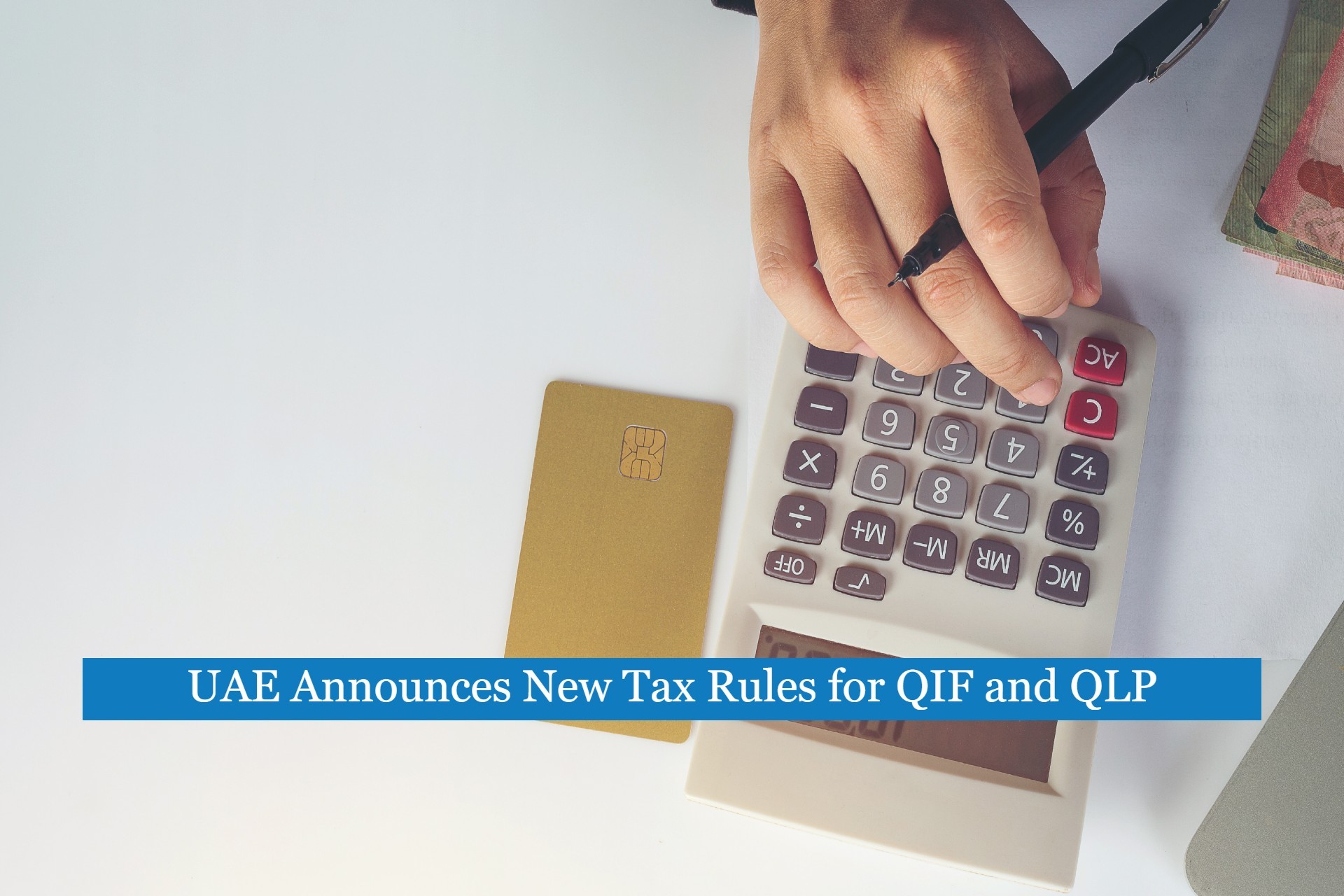UAE Corporate Tax: What are the Compliance Requirements Under the Qualifying Group Relief
Implementation of the new CT regime in the UAE has caused a vast shift in the business landscape, requiring entities to understand the new complexities and implement the regime within their businesses. FTA, in order to simplify the implementation of the regime, has issued multiple guides that have provided significant insight on various rules, reliefs, and exemptions. Lately, FTA has issued a guide on qualifying group relief. This blog aims at providing a deep insight into the compliance requirements that must be followed in order to be eligible for group relief under the UAE CT.
Compliance Requirements Under the Relief
As per the guide, there are two major compliance requirements that are to be met by the entities that elect for the qualifying group relief. The non-compliance of these provisions might result in further consequences. The compliance requirements are as follows:
1. Election by the transferor
As per this compliance requirement, when the election is made by the transferor for the qualifying group relief after meeting all the required conditions under Article 26 of the CT law, it cannot be unrevoked and the election cannot be reversed until and unless there is approval from the FTA.
The election of the relief will be implemented for all the transfers of assets or liabilities based on the capital account made by the transferor in the tax period under the qualifying group for which the election was made, along with the specific transaction for which the intended relief was applied.
Additional requirements under the guide include that each transferor must make their own election to get relief within the group. An election made by an individual transferor will not be binding on any future transfers of the same asset or liability made by any other member of the qualifying group.
2. Record keeping
Record-keeping can be considered as one of the major compliance requirements with which the entities must comply, irrespective of any regulation, as it can be used as evidence for each event occurring within the firm.
As per the guide, the transferor and the transferee must keep all records with regards to the agreements and the terms of the transfer of the asset or liability. The entities must keep the evidence in the prescribed manner under Article 26 of the CT law.
Consequences of Non-Compliance
There are multiple consequences where the entity might be liable for the fines or penalties or any other legal proceedings under the CT law. If the compliance requirements are not met, then there might be situations where the clawback or ceasing of the relief provided under the regime occurs. Also, the entities might not be considered eligible for the qualifying group relief under the law.
It is always instructed to the business to ensure that they follow all the conditions and compliance requirements to avoid any consequences in the future and stay on the same page with the FTA.
How Can CDA Assist you in Staying Compliant?
CDA team who are well aware of the existing tax complexities can guide you in getting it sorted and implementing all the available reliefs and exemptions. Our team can assist you in complying with the rules and regulations under the CT law. Getting insights of the new regime can take your business to the next level with the assistance of our team. We always provide you with tried-and-tested strategies to ensure that you stay on the same page with the FTA. We can devise a custom-tailored CT framework for your business, thereby reducing costs and getting ahead of your competitors.
To learn more about our services, contact our professionals right away.

Mark Thompson
Full-stack Developer, Blogger, and Tech Enthusiast.
Mark specializes in digital marketing, SEO, and content strategy.













